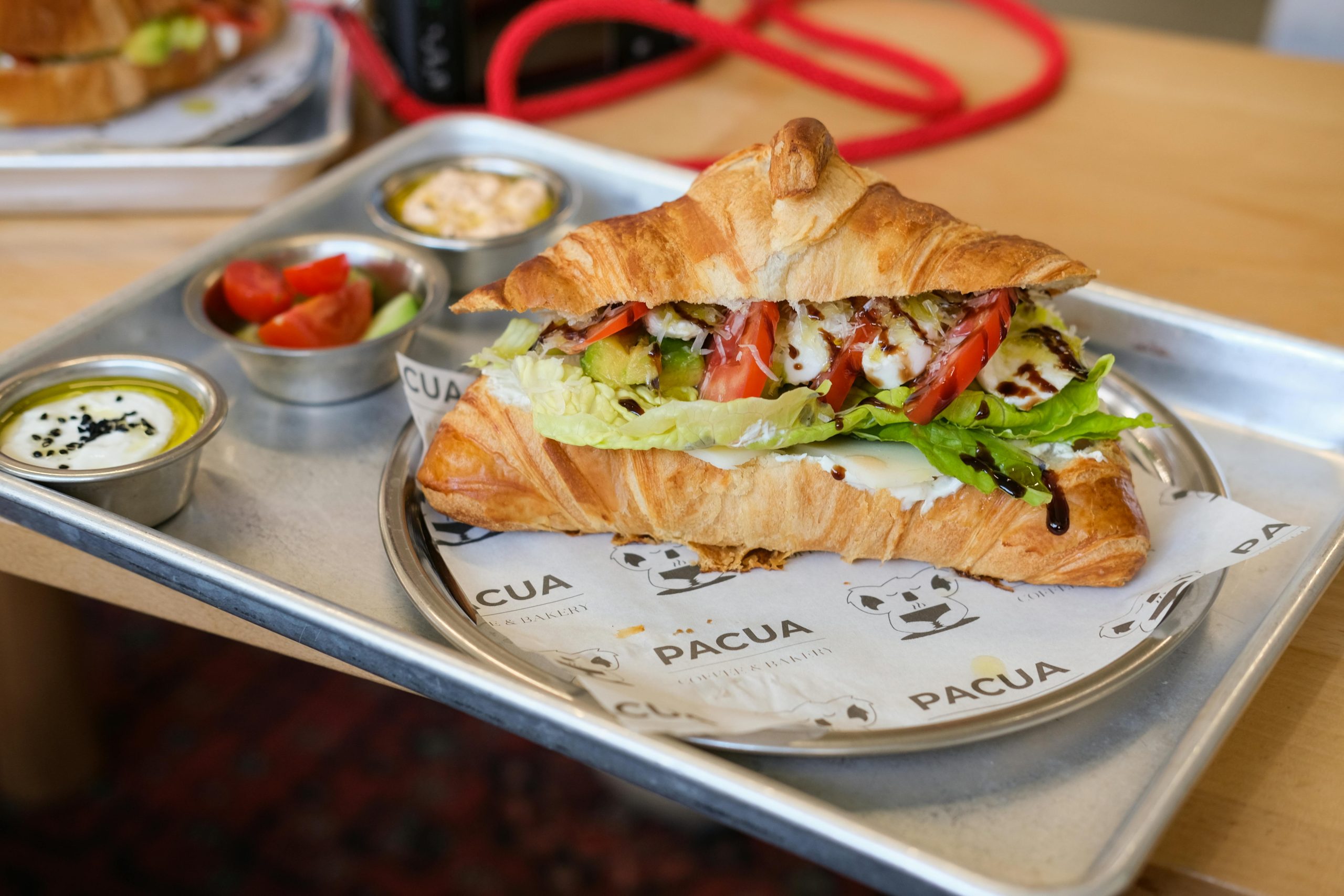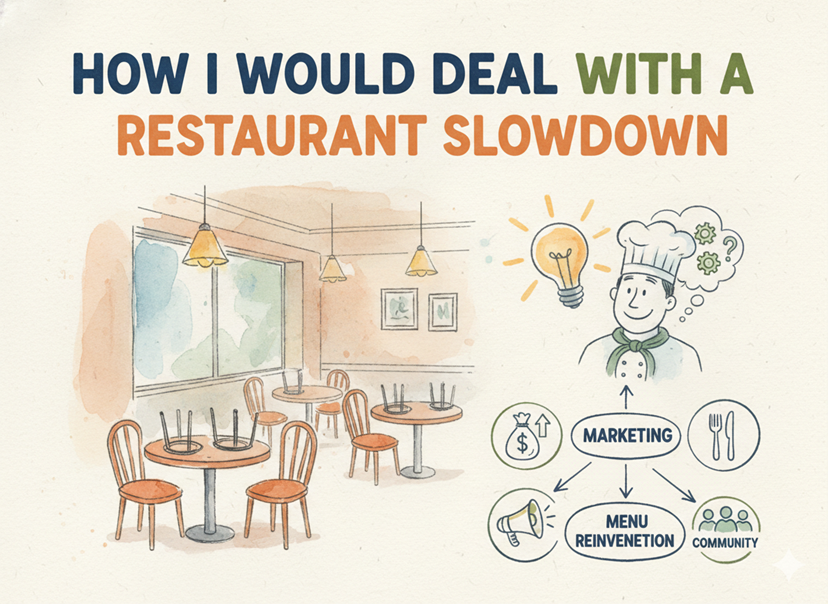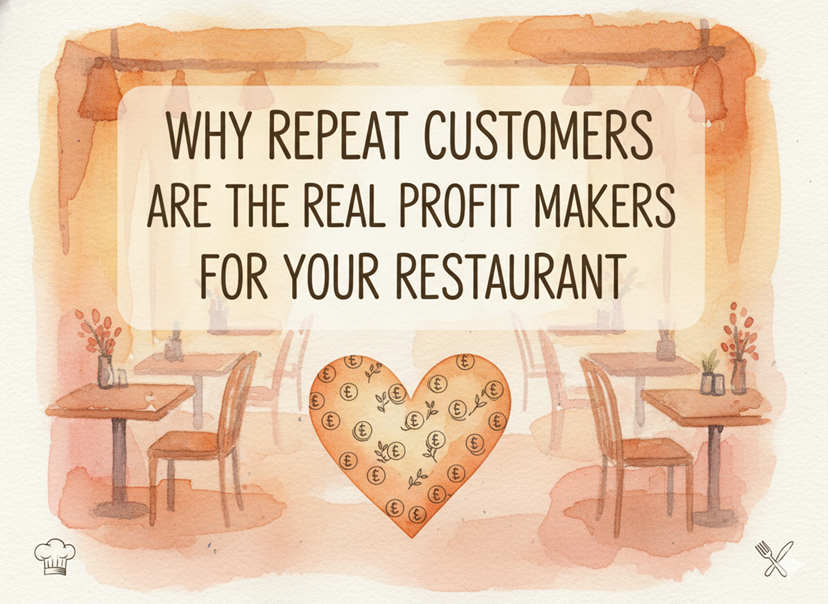You need to know about food allergens if you own a restaurant. Some people have serious reactions to certain foods, and it’s your job to make sure they stay safe. Ignoring this can lead to health risks for your customers and legal trouble for you.
This guide will help you understand what food allergens are, why they matter, and how you can keep your customers safe while following Malaysian laws.
What Are Food Allergens?
Food allergens are ingredients that cause allergic reactions in some people. When someone with a food allergy eats even a tiny amount of the wrong food, their body reacts badly. This can range from mild itching to life-threatening conditions like troubled breathing.
Food allergies are not the same as food intolerances. Allergies involve the immune system and can be deadly, while intolerances usually cause discomfort but are not as dangerous. You must take allergies seriously because even a small mistake can harm someone.
Common Food Allergens You Must Know
Some foods cause most allergic reactions. In Malaysia, the most common food allergens include:
- Milk – Found in cheese, butter, yogurt, and many baked goods.
- Eggs – Used in cakes, pastries, mayonnaise, and some sauces.
- Peanuts – Common in sauces, desserts, and some Asian dishes.
- Tree nuts – Such as almonds, cashews, and walnuts are often used in sweets and snacks.
- Soy – Found in tofu, soy sauce, and processed foods.
- Wheat – Present in bread, noodles, and many fried foods.
- Fish and shellfish – Prawns, crabs, and squid can trigger severe reactions.
- Sesame – Used in some bread, sauces, and salads.
These ingredients are in many dishes, so you must know if your food contains them.
Why Should You Care About Food Allergies?
Ignoring food allergies can lead to serious consequences for your customers and your business. Many people think allergies are just minor inconveniences, but the truth is, they can be life-threatening. Here’s why you must pay close attention to food allergens in your kitchen.
1. Customers Can Get Seriously Sick
Food allergies are not just about a little rash or stomachache. Some reactions, like anaphylaxis, happen fast and can be deadly. Anaphylaxis makes the throat swell, blocking breathing, and can cause a sudden drop in blood pressure. If not treated immediately with an epinephrine injection, it can lead to death within minutes.
A study in Malaysia shows that food allergies are increasing, especially among children. More parents are now checking menus and asking about allergens before ordering. If a child gets sick because of your food, the parents will never forget it—and neither will other customers.
Even small mistakes matter. Some people react to just a tiny trace of an allergen. For example, if you use the same spoon for peanut sauce and then stir a soup, that small amount can trigger a reaction. You must take every precaution to keep allergic customers safe.
2. You Could Face Legal Problems
Malaysia has strict food safety laws, and failing to follow them can cost you heavily. The Food Act 1983 and Food Regulations 1985 require you to clearly label allergens on menus and packaging, avoid false claims (like saying a dish is “nut-free” when it’s not), and train staff to handle allergy requests properly.
If a customer has an allergic reaction because you didn’t warn them or because of cross-contamination, you could be fined up to RM10,000 or face jail time. In serious cases, if a customer ends up in the hospital, they can sue you for medical costs and damages. Legal battles are expensive and can ruin your business.
Even if you don’t get fined, health inspectors can shut down your kitchen if they find poor food handling practices. A temporary closure means lost income and a damaged reputation.
3. Your Reputation Matters
Word spreads fast when something goes wrong. If a customer has an allergic reaction at your place, they will tell friends, family, and likely post about it online. Bad reviews about food safety can scare away other customers.
On the other hand, if people know you take allergies seriously, they will trust you more. Families with allergic children will choose your restaurant because they feel safe. Good reviews about your careful handling of allergens can bring in more customers.
4. More Customers Have Allergies Now
Food allergies are not rare anymore. More people are being diagnosed with allergies to peanuts, shellfish, dairy, and other common ingredients. If you ignore this, you’re turning away a growing number of potential customers.
Some people also follow allergen-free diets even if they don’t have allergies. For example, many avoid gluten or dairy by choice. If your menu marks safe options, these customers will keep coming back.
5. Better Staff Awareness Prevents Mistakes
Many kitchen mistakes happen because staff don’t understand allergies. A waiter might forget to tell the chef about an allergy request, or a cook might use the same oil for frying shrimp and fries. Proper training reduces these risks.
When your team knows how to handle allergens, they double-check orders for allergy warnings, use separate utensils and cooking areas for allergen-free meals, never guess ingredients, they always check with the chef.
This level of care keeps customers safe and builds trust in your business.
6. Avoiding Waste and Extra Costs
Mistakes with allergens can lead to wasted food. If a dish gets sent back because it had an unlisted allergen, you lose money. Worse, if a customer gets sick, you might have to compensate them or deal with legal fees.
Preventing these issues from the start saves you money. Proper labeling, staff training, and careful cooking practices reduce risks and keep your kitchen running smoothly.
7. Keeping Up with Industry Standards
More restaurants in Malaysia are now focusing on food safety, including allergen control. If you don’t keep up, you’ll fall behind. Customers expect transparency—they want to know what’s in their food.
Following best practices now helps you stay ahead of future regulations. The government may introduce stricter allergen laws, and if you’re already prepared, you won’t have to scramble to comply.
8. Building Customer Loyalty
When customers with allergies find a place they can trust, they become loyal. They’ll return often and recommend you to others. A strong reputation for safety can set you apart from competitors who don’t take allergies seriously.
Legal Risks in Malaysia Related to Food Allergens
Malaysia has strict food safety laws, and failing to handle allergens correctly can lead to serious legal consequences. Here’s what you need to know to protect your business and customers.
1. Proper Labelling Requirements
Under the Food Regulations 1985, you must list major allergens on your menu or food packaging. This includes common allergens like peanuts, milk, eggs, shellfish, wheat, and soy. If your dish contains any of these, customers must be informed before they order.
The law is strict about this. If you fail to label allergens properly, you could be fined up to RM10,000 or face jail time under the Food Act 1983. Health inspectors can check your restaurant at any time, and if they find missing or incorrect allergen labels, you may be penalized immediately.
2. False or Misleading Claims
You cannot make false claims about allergens in your food. For example, if you advertise a dish as “dairy-free” but it contains butter or cream, you are breaking the law. Even small traces of allergens due to cross-contamination must be disclosed if there’s a risk.
Misleading customers can result in fines and legal action. The Malaysian government takes food safety seriously, and false claims can damage your reputation permanently. Always verify ingredients with suppliers and update your menu if recipes change.
3. Customer Lawsuits and Compensation
If a customer has an allergic reaction because of your negligence, they can sue you for damages. Medical bills for severe allergic reactions can be expensive, especially if hospitalization is required. Legal fees and compensation payments can cost you a lot, far more than what it would cost to prevent the issue in the first place.
Even if the case doesn’t go to court, settling out of court can still be costly. Some customers may also report the incident to the Ministry of Health, leading to inspections and potential business disruptions.
4. Business Closure and Suspension
Repeated violations of food allergen laws can lead to temporary or even permanent closure. Health authorities have the power to shut down your kitchen if they find consistent failures in food safety practices. A closure means lost income, wasted food, and a damaged reputation that’s hard to recover from.
5. Supplier Liability Issues
If you unknowingly use an ingredient that contains hidden allergens, you could still be held responsible. For example, if a sauce supplier doesn’t disclose peanut traces and a customer reacts to it, both you and the supplier could face legal consequences. Always check ingredient lists from suppliers and keep records in case of disputes.
6. Negative Publicity and Loss of Customers
Legal problems often lead to bad publicity. News about a customer getting sick from your food can spread quickly on social media, leading to a loss of trust. Many customers will avoid a restaurant linked to allergy incidents, which can hurt your business long-term.
7. Insurance Complications
If your restaurant has public liability insurance, failing to follow food safety laws could void your coverage. Insurance companies may refuse to pay for claims related to allergic reactions if you didn’t take proper precautions. This leaves you fully responsible for legal and medical costs.
8. Employee Legal Responsibility
Your staff can also be held accountable if they knowingly serve food with undeclared allergens. Waiters, chefs, and managers may face individual fines or legal action if they ignore allergy requests or fail to follow safety procedures. Proper training is essential to protect both customers and employees.
Understanding and Preventing Allergen Cross-Contamination in Your Kitchen
Food allergies present serious risks in any food service operation, with cross-contamination being one of the most common yet preventable hazards. This occurs when trace amounts of allergenic ingredients inadvertently transfer to foods meant to be allergen-free. Even microscopic quantities can trigger severe reactions in sensitive individuals. Understanding how cross-contamination happens is the first step toward creating a safer dining environment.
Ways in Which Cross-Contamination Occurs
While obvious contamination like nuts falling into a salad bowl is easily noticeable, the greater danger lies in the subtle, routine kitchen practices that facilitate unseen allergen transfer. These hidden pathways of contamination require careful attention and systematic prevention strategies.
Shared Utensils and Equipment Risks
Kitchen tools become silent carriers of allergens when used across different food preparations. A knife that slices sesame seed bread before being used on plain bread transfers proteins through direct contact. Similarly, spoons, tongs, whisks, and other utensils can harbor allergen residues even after washing if proper cleaning protocols aren’t followed. The porous nature of some materials makes complete allergen removal particularly challenging without thorough sanitization.
Cooking Surface Contamination
Stationary kitchen equipment presents persistent cross-contamination risks. Grill surfaces retain proteins from previously cooked items, meaning shellfish cooked before vegetables leave behind invisible residues. Deep fryers pose a hazard as oil becomes a reservoir for allergens – proteins from fish, nuts, or gluten-containing foods persist through multiple frying cycles. Even small appliances like toasters and blenders accumulate allergen particles in their crevices and working parts.
Storage-Related Contamination
Improper food storage creates numerous contamination pathways. Storing flour beneath nuts risks particle transfer through packaging or accidental spills. Using the same scoop for different bulk ingredients spreads allergens throughout your inventory. Refrigerator organization matters too – dairy products stored above fresh produce can drip contaminants downward. These storage issues often go unnoticed until an allergic reaction occurs.
Handling and Serving Dangers
Human factors contribute significantly to cross-contamination. Staff members handling allergen-containing foods and then touching safe dishes without proper handwashing become vectors for allergen transfer. Last-minute garnishes present particular risks – a sprinkling of cheese or nuts added as finishing touches can nullify careful allergen-free preparation. Buffet service amplifies these risks through shared serving utensils and customer handling.
Airborne Contamination Hazards
Airborne particles represent one of the most challenging contamination routes to control. Flour dust containing gluten, peanut particles from grinding, or steam from shellfish cooking can settle throughout the kitchen environment. Open food displays and preparation areas are especially vulnerable to this form of contamination, as airborne allergens can travel significant distances before settling on exposed foods.
How to Train Staff for Allergen Safety
Your employees serve as the critical frontline defense against allergic reactions. Transforming this potential vulnerability into a strength requires systematic training that goes beyond basic awareness to instill practical safety habits.
Building Fundamental Allergen Awareness
Effective training begins with comprehensive education about food allergens. Every team member, regardless of position, should achieve fluency in recognizing major allergens in all their forms and hidden names. Staff should understand, for example, that ingredients like whey, casein, or lactose indicate dairy presence, or that malt vinegar contains gluten. This knowledge forms the foundation for all other safety practices.
Implementing Robust Food Handling Protocols
Developing and enforcing strict preparation protocols creates physical barriers against cross-contamination. This involves establishing dedicated equipment sets for allergen-free preparation, implementing color-coded utensil systems, creating separate preparation zones when feasible, and developing rigorous cleaning procedures between different food preparations. These measures work together to create multiple layers of protection.
Establishing Effective Communication Systems
Seamless communication between front-of-house and kitchen staff is essential for allergy safety. Effective systems might include specially formatted allergy alert tickets that stand out in the kitchen, mandatory verbal confirmation between servers and chefs for allergy orders, distinctive plate markers for allergen-free meals, and a manager verification system for severe allergy cases. These overlapping communication methods reduce the chance of errors slipping through.
Emergency Preparedness Training
Every team member should be equipped to recognize and respond to allergic reactions. Training must cover identification of reaction symptoms like hives, facial swelling, or breathing difficulties, location and proper use of emergency medications, clear chains of command for summoning medical assistance, and appropriate customer support techniques while awaiting professional help. Regular drills help maintain readiness.
Continuous Training Reinforcement
Effective training requires ongoing reinforcement through various verification methods. Monthly unannounced inspections of cleaning practices, quarterly written knowledge assessments, surprise allergy scenario drills, and anonymous staff feedback channels all work together to maintain high standards and identify areas needing improvement. This continuous improvement cycle keeps safety practices sharp.




